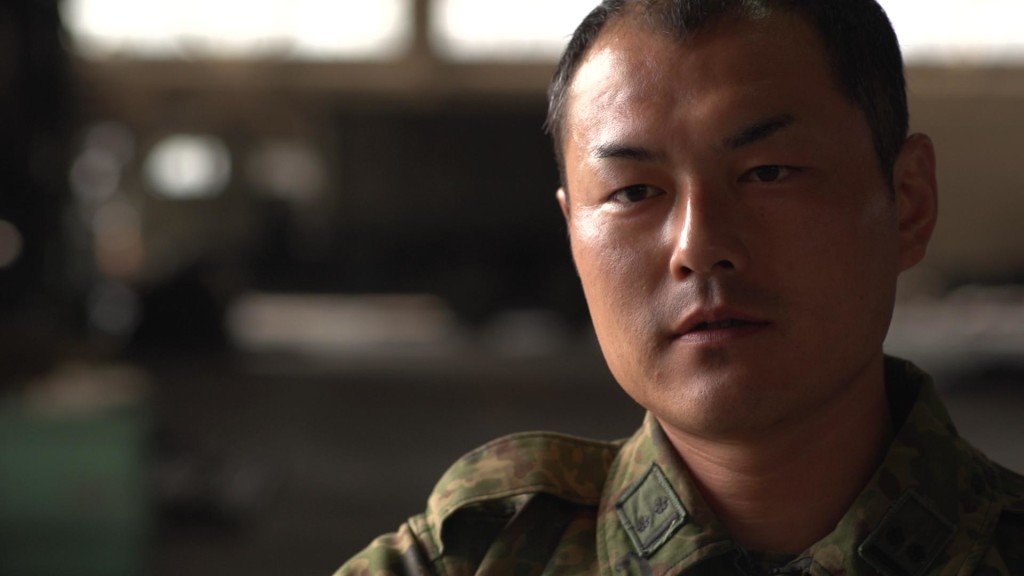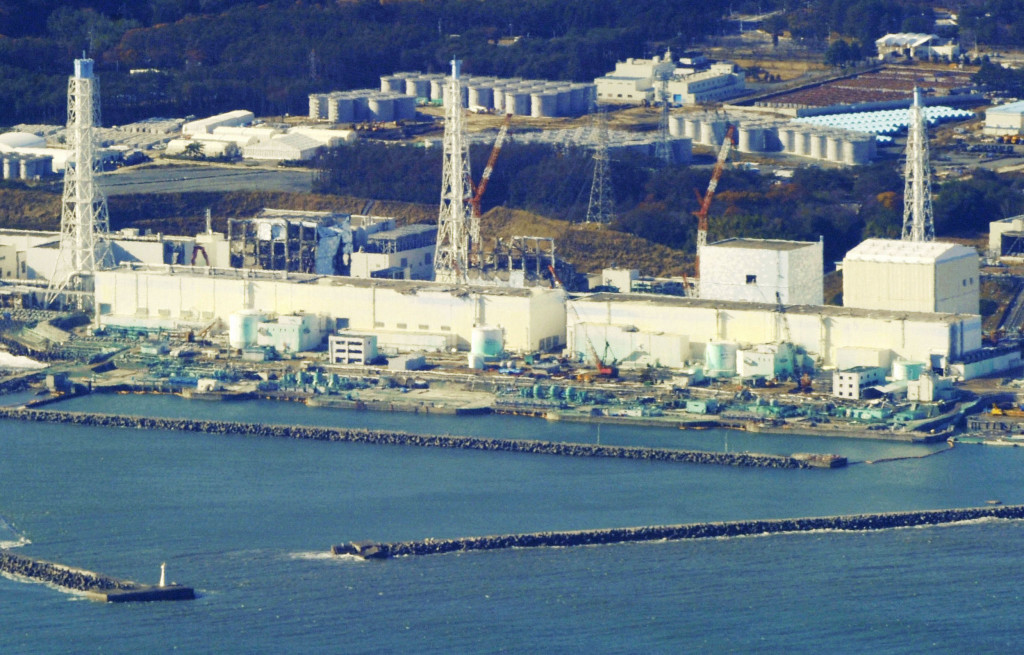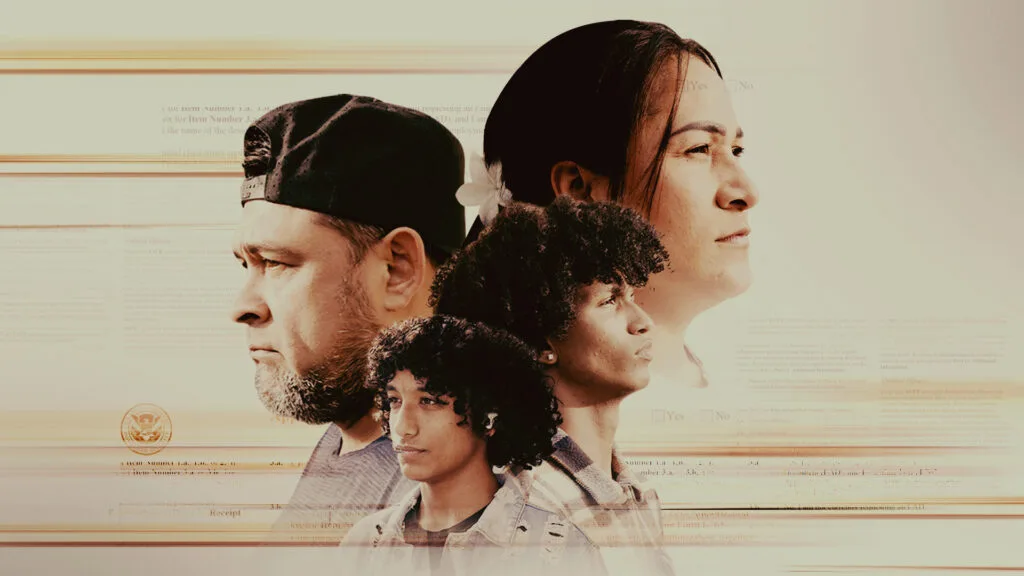One Pilot’s Dangerous Mission to Stop Fukushima’s Nuclear Meltdown

February 27, 2012
Share
You may have seen it on TV or online — a grainy video shot from 20 miles away. The helicopter, no bigger than a dot against the sky, releasing what resembled an exhale of breath on a cold day. In fact, it was 2,000 gallons of water falling 300 feet against the wind.
It was the seventh day of the unfolding disaster at Japan’s Fukushima Daiichi nuclear plant last March.
The mission, ordered by then-Prime Minister Naoto Kan, was a last-ditch effort to prevent yet another disaster. After several hydrogen explosions, pools of radioactive spent fuel were exposed to the atmosphere. If the pools boiled dry they could catch fire — and the resulting contamination could be even worse than a reactor meltdown.
The mission was difficult and risky. If the helicopter flew higher than 300 feet, it would risk missing its target. If it flew below 300 feet, it could expose the pilots to dangerous levels of radiation. Soviet pilots who’d performed a similar mission during the Chernobyl nuclear accident in 1986 subsequently died of cancer.
For protection, the helicopter was bolted with Tungsten plates to protect the pilots, who wore protective gear, from gamma rays.
Yoshiyuki Yamaoka was the Self-Defense Force [SDF] co-pilot on that first mission, one of the men zooming across the sky in the tiny dot. In the excerpt above from our film Inside Japan’s Nuclear Meltdown above, Yamaoka describes what happened: an emotional pre-flight call with his wife; his reaction to seeing the mangled plant from the sky; and his feelings of victory post-flight:
“We could see the steam, so I knew it had gone in. We did it. We did it. We did it for everyone. That’s how I felt,” he told FRONTLINE.
While some subsequent water drop attempts failed because of the stiff winds, this moment was seen as a turning point in the week-long crisis by the Japanese government.
“The SDF flying on the 16th and dropping water on the 17th was a turnaround,” Naoko Kan told FRONTLINE. “Until then, we were pushed and pushed by an invisible enemy. … But on the 15th, we created the [joint-response] headquarters [with TEPCO], and from the 16th we started to put water in. From there, finally the system was in order. The turnaround began.”
Editors’ Note: This program and clip contain video recorded during the disaster, combined with footage filmed later.
Related Documentaries
Latest Documentaries
Related Stories
Related Stories
Policies
Teacher Center
Funding for FRONTLINE is provided through the support of PBS viewers and by the Corporation for Public Broadcasting. Additional funding is provided by the Abrams Foundation; Park Foundation; the John D. and Catherine T. MacArthur Foundation; and the FRONTLINE Journalism Fund with major support from Jon and Jo Ann Hagler on behalf of the Jon L. Hagler Foundation, and additional support from Koo and Patricia Yuen. FRONTLINE is a registered trademark of WGBH Educational Foundation. Web Site Copyright ©1995-2025 WGBH Educational Foundation. PBS is a 501(c)(3) not-for-profit organization.



















